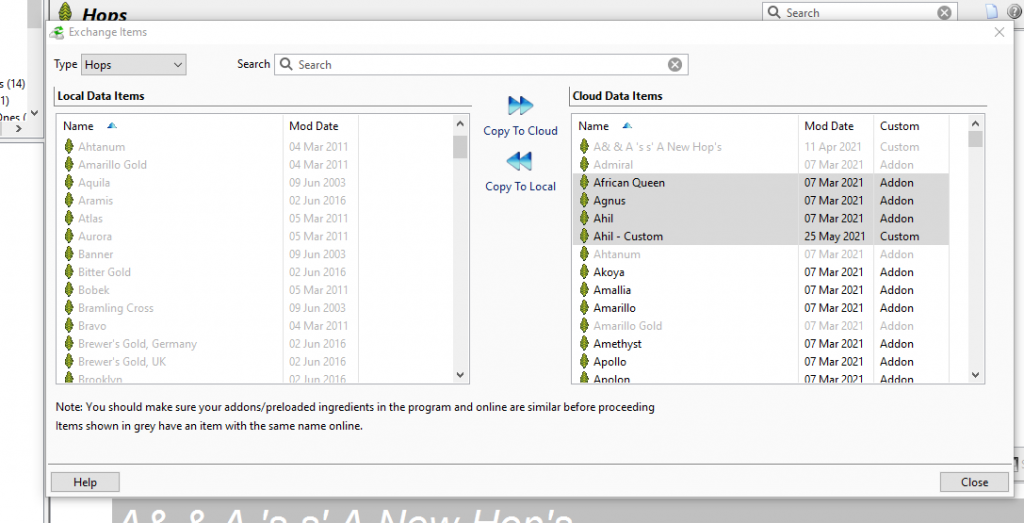

#Water profile beersmith how to#
Knowing the character of the water source, as well as how to adjust it to improve the taste, is a critical skill, particularly for more advanced brewers. I realize the other stuff is going to be a learning process when we get the system but just trying to think ahead.Brewing water plays a very important role in the flavor of home-brewed beer. what I'd love to know is the boil off rate, trub loss etc etc is. I've basically taken a couple of my pilot recipes and scaled them up using BS to the 10bbl batch size. Since I can punch those #'s in BS I'm "hoping" it will be close! just trying to crunch some numbers and formulate some recipes to get somewhat of an idea of recipe cost to help with the business case. We haven't got the system yet, still on the SABCO pilot. The only numbers i have at the moment is that the BK has a 434 G Capacity. Like off by 15 points fail.Thanks for your input. And it will pretty much fail to accurately do things like, say, a 5.5 bbl batch using just the first runnings of 700lbs of malt for a barleywine. pretty darn closely, but I find my final volume way underestimates trub loss, dryhopping, fining, transfer, etc. I've reached a point where it will tell me my O.G. That said, we completely ignore other aspects of it that we find unreliable, or unnecessary. Like off by 15 points fail.Ī final word: we've been able to get Beersmith close enough that it saves me doing most of the calculations by hand and it's handy to see ingredients by percent. But for a starting point I'd say plug in what specs you have and start with say, 83% efficiency and see where you go from there.Ī final word: we've been able to get Beersmith close enough that it saves me doing most of the calculations by hand and it's handy to see ingredients by percent. So we changed it over for the next time and so on. For example, our efficiency was way higher on our first batch than beersmith predicted because our vorlauf and lauter plates apparently rock and because we had more boiloff than expected. Then it becomes an iterative process of comparing what you calculated to what you got. So plug those numbers into BeerSmith, then measure any other volumes you need with 5 gallon buckets of water during your water run. Say your kettle is 10 bbls working but only 12.5 total, and Beersmith says you need to kettle up to 13bbls to start then things are going to be exciting.

Your fabricator should be giving you spec drawings with things like nominal working volume vs total volume and so on. What's the total kettle volume? How big is your mash tun? How much dead space is under your lauter grates? Everyone is different. There's no such thing as a stock "10 bbl SYSTEM".


 0 kommentar(er)
0 kommentar(er)
